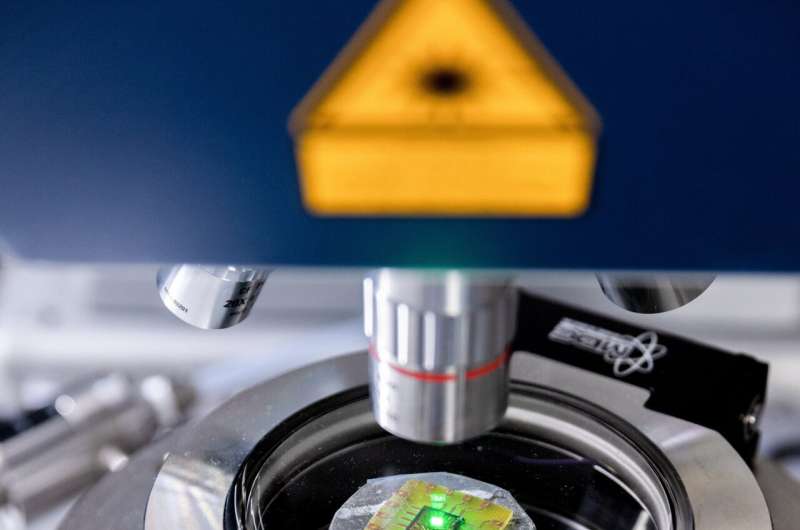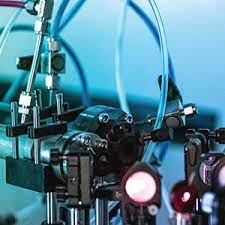More sophisticated sensor is an artificially intelligent chemical sensor has the capacity to learn how to selectively and sensitively detect specific chemicals in the atmosphere. The system, developed at KAUST, uses machine learning to distinguish the gases based on how they interact with the sensor, causing very tiny temperature changes.
There is a high need for intelligent electronic sensors that can identify specific airborne molecules for use in a variety of applications, including medical diagnostics and the detection of hazardous industrial gas escapes. According to Usman Yaqoob, a postdoc in the labs of Mohammad Younis, who oversaw the research, the difficulty is correctly identifying the target gas amid the intricate mixture of molecules generally present in the air. Cross-sensitivity is still a problem for existing sensing technology, claims Yaqoob.

The team is using machine learning to increase sensor selectivity rather than using unusual materials or specialized coatings. The microbeam resonator, a heated silicon strip, is the device’s brain on the hardware side. The frequency at which the microbeam resonates is particularly responsive to changes in temperature when the microbeam is clamped at both ends, almost to the point of buckling.
The team then ran an artificial intelligence analysis on the information to find distinctive variations in resonance frequency associated with the various gases. In order to create a precise and specialized gas classification model, Yaqoob adds that “data processing and machine learning techniques are employed to establish unique signature markers for each tested gas.” The sensor’s response to helium, argon, and CO2 data were used to train the algorithm, which could subsequently detect these gases in an unknown dataset with 100% accuracy.
According to Younis, “Unlike conventional gas sensors, our sensor does not require any special coating, improving the device’s chemical durability and enabling scalability.” Since the gadget requires a sizable surface area for the coating, scaling it down to the nano-regime won’t have any negative effects on its functionality, he claims.
Read More
- The first radiation belt spotted outside of our solar system is being seen by astronomers
- The Paris Air Show Features Flying Taxis; the Olympics are Next
- Networks of nanowires Learn and retain information like a human brain
- Data on populations will be strengthened by new technology and increased processing capacity.
Conclusion
For so far we have be able to know more about sophisticated sensor detects target gases,
drop your comment on the comment section to tell us what you think about the post.



